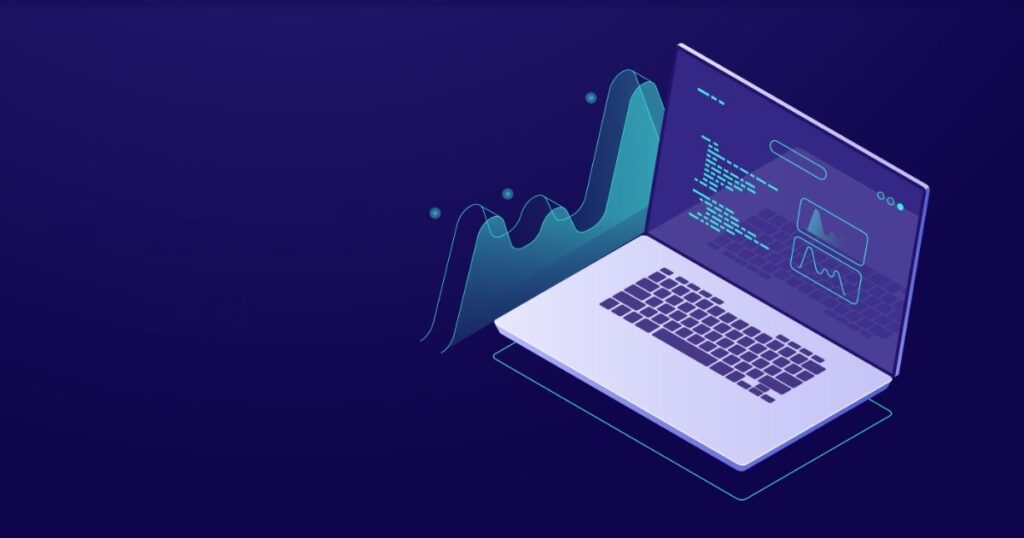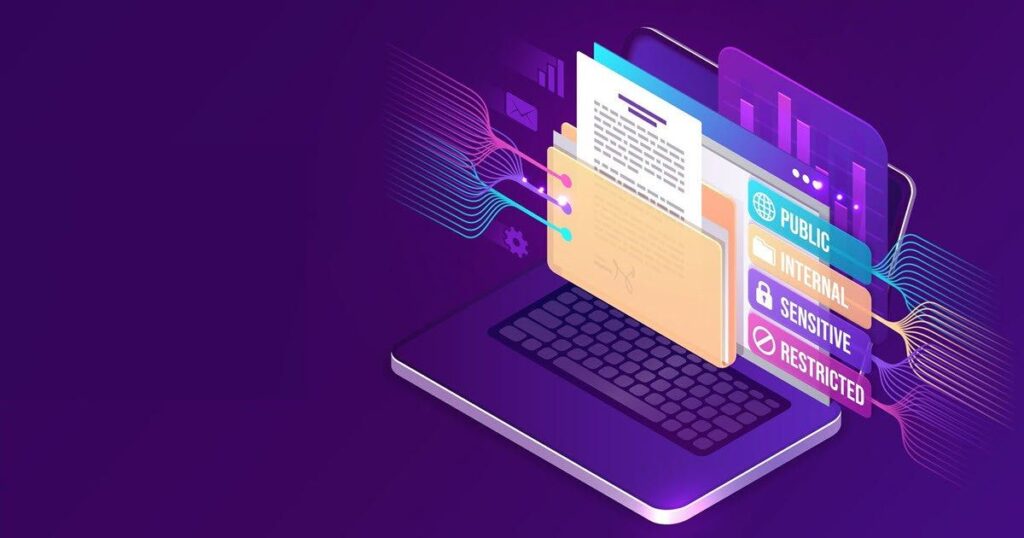White-box testing, also known as clear-box testing, is a method of software testing where the internal structure, design, and code of the program are known and used to design test cases. Unlike black-box testing, which focuses solely on the input and output, white-box testing gives testers access to the underlying code and architecture of the system.
In the context of Artificial Intelligence (AI), becomes essential to ensure that algorithms are working as intended, particularly when dealing with machine learning models, neural networks, and complex data-driven processes.
The following sections will explain how white-box testing is applied to AI, its benefits, challenges, and various techniques used to perform this testing. The article will also address FAQs and conclude with insights on the importance of this approach in the AI landscape.
The Fundamentals Of White-Box Testing
The key difference between white-box testing and other forms of testing is the focus on the code. It gives testers full access to the internal components of a system.
This is critical when testing AI systems, as understanding how the code works can help identify potential flaws and issues that would not be visible through black-box testing.
Why Is White-Box Testing Important in AI?

The importance of lies in its ability to thoroughly evaluate an AI system. AI models are complex and often involve many layers of processing, especially when working with deep learning. Testing with a white-box approach allows testers to:
- Examine the logic behind decisions.
- Identify biases in data processing.
- Ensure consistency in how the AI behaves across different scenarios.
How White-Box Testing Works in AI
It involves various techniques that help developers understand how their AI models make decisions. The tester writes scripts to interact with different parts of the system and verify that every part behaves as expected.
For example, in a machine learning model, white-box testing can involve checking how the model’s weights and biases are set up, ensuring there is no overfitting, and validating the internal logic of feature extraction.
Common Techniques Used in White-Box Testing
The most popular techniques include
- Code coverage analysis: It checks how much of the source code is being tested.
- Path testing: It involves following the logic paths to ensure there are no unexpected behaviors.
- Mutation testing: This technique tests the system by introducing small changes in the code to see how it reacts.
Benefits Of White-Box Testing in AI Systems
White-box testing has several advantages, particularly for AI systems
- Transparency: It provides insights into the internal workings of the AI model.
- Error Detection: It helps find logical errors in the code that could lead to incorrect predictions.
- Debugging: It makes debugging easier by giving direct access to the codebase.
- Optimization: It assists in identifying inefficient parts of the code that can be optimized.
Challenges Faced During White-Box Testing
Despite the benefits, white-box testing in AI has its challenges. The complexity of AI algorithms and the vast amount of data they process make it difficult to test every possible scenario.
Additionally, testers need to have a good understanding of both the AI system and the codebase, which can require specialized skills.
The Role Of Code Coverage in White-Box Testing

Code coverage is a measure that tells you how much of your code is being tested. In white-box testing, it is crucial because it ensures that all parts of the system are being evaluated. Higher code coverage often leads to fewer bugs and more reliable systems.
AI systems rely heavily on data. Ensuring data integrity is critical, and white-box testing can help verify that data is processed correctly. This includes checking data inputs, data transformations, and outputs. Any discrepancies in data handling can lead to incorrect results.
Application Of White-Box Testing in Machine Learning
Machine learning involves training algorithms on data. White-box testing can ensure that the training processes are working correctly, and the model learns patterns accurately without overfitting.
By inspecting the training code, testers can also identify potential biases in the learning process.
White-Box Testing in Deep Learning Models
Deep learning models are complex, with multiple layers of neurons. White-box testing can be used to examine how each layer processes information, allowing testers to spot any irregularities in the learning process.
It is especially useful in neural networks, where understanding how each node contributes to the output can help improve the model’s performance.
The Need For White-Box Testing in Real-Time AI Systems
Real-time AI systems, such as those used in self-driving cars, require rigorous testing to ensure they can react appropriately to unpredictable situations.
It helps ensure the logic controlling these reactions is sound, and any flaws can be addressed before the system is deployed.
Tools For White-Box Testing in AI
There are various tools that aid in white-box testing
- Pytest: A testing framework used for Python-based AI projects.
- JUnit: Commonly used for Java-based AI systems.
- TensorFlow Debugger: Useful for debugging and testing deep learning models.
Comparing White-Box Testing And Black-Box Testing
While both approaches are essential, they serve different purposes. White-box testing focuses on the internal mechanics, ensuring everything works as intended.
Black-box testing, on the other hand, tests the system from a user’s perspective, focusing on inputs and outputs.
White-Box Testing As Part Of The AI Development Lifecycle
it is not a one-time task. It is an integral part of the AI development lifecycle. Each time a change is made to the code, the system should be retested to ensure everything still functions correctly.
This ongoing process helps maintain the stability of AI models. As AI systems become more complex, white-box testing will continue to evolve.
Best Practices For Effective White-Box Testing in AI
- Understand the Model: Ensure that you have a deep understanding of the AI model before starting the testing process.
- Use Code Coverage Tools: Implement tools that help you measure how much of the code is being tested.
- Automate Where Possible: Automate repetitive tasks to save time and improve accuracy.
- Document the Testing Process: Keep a detailed record of what was tested and the results. This helps in future debugging.
Addressing Biases in AI Through White-Box Testing
Bias in AI can lead to unfair or discriminatory outcomes. White-box testing allows developers to examine how the AI processes data and identify any inherent biases in the algorithms. This is essential to build fair and reliable AI systems.
Case Study White-Box Testing in AI For Healthcare

AI in healthcare is becoming increasingly common. It has been used to verify diagnostic tools, ensuring that they provide accurate and consistent results. By understanding the logic behind the AI, developers can refine algorithms to improve diagnosis accuracy.
Future Of White-Box Testing in AI
As AI systems become more complex, white-box testing will continue to evolve. The development of better tools and techniques will make it easier to analyze and test complex AI models, making them more reliable and efficient.
The evolution of AI brings both new challenges and opportunities for white-box testing, leading to the development of more sophisticated tools and techniques.
Increasing Complexity in AI Models
- The future AI models will likely become even more intricate, with multi-layered architectures and a higher degree of interconnectivity.
- The white-box testing will have to adapt to these complexities by developing new methods to examine and understand each component of these models.
- Testers will need to ensure that as AI systems grow, they remain transparent, understandable, and free from hidden biases or errors.
Enhanced Tools For Testing AI
- There is ongoing development of more advanced tools for white-box testing that can analyze code, inspect logic, and test models in real-time.
- Future tools may include AI-based testing systems that can autonomously identify issues within other AI models, making the testing process faster and more efficient.
- Machine learning can be used to enhance white-box testing by predicting where errors are likely to occur, based on previous data patterns.
Increased Focus on Explainability And Accountability
- As AI becomes embedded in everyday life, from healthcare to autonomous vehicles, the demand for explainable AI (XAI) is growing.
- White-box testing will play a crucial role in making AI models more transparent by examining how decisions are made, and ensuring that they are understandable to humans.
- Regulators and organizations are likely to push for higher standards of accountability, which will make white-box testing an essential part of the AI development process.
Collaboration Between Developers And Testers
- The future will see closer collaboration between AI developers and testers, ensuring that white-box testing is integrated into every stage of the development lifecycle.
- By working together, developers can build AI systems that are easier to test and maintain, reducing the risk of hidden flaws.
- Integrated development environments (IDEs) will likely include more built-in white-box testing tools, allowing for continuous testing during the coding process.
Ethical And Bias Testing
- Ethical considerations and bias detection are becoming more critical in AI. White-box testing can help identify biases within algorithms, ensuring fairness and preventing discrimination.
- Future white-box testing practices will likely include a more structured approach to detecting and mitigating biases, offering a more ethical AI development environment.
- Governments and organizations may enforce stricter regulations regarding the ethical deployment of AI, making white-box testing essential to comply with these rules.
Use Of Automated Testing Frameworks
- Automation in testing is not new, but its use in white-box testing for AI is set to expand.
- Automated testing frameworks will be developed to handle more complex AI models, reducing the time and resources needed for testing.
- These automated systems will enable continuous testing, catching issues early in the development process and reducing the likelihood of failures after deployment.
Adaptation To Emerging AI Technologies
- The white-box testing methods will continue to adapt to new and emerging AI technologies, such as quantum computing, neuromorphic computing, and federated learning.
- Each new technology brings its own set of challenges, requiring customized white-box testing techniques to address specific issues.
- Future testing practices will need to stay ahead of these advancements, ensuring that new AI technologies are as reliable and efficient as current systems.
Frequently Asked Questions
What is white-box testing?
The white-box testing involves testing the internal structure and logic of a program. It is used to verify that the code is working as intended.
How is white-box testing different from black-box testing?
The white-box testing focuses on the internal workings of the system, while black-box testing examines the system’s functionality from an external perspective.
Why is white-box testing important in AI?
The white-box testing ensures that AI algorithms are correctly implemented, allowing developers to identify and fix any issues within the code.
What tools are used for white-box testing in AI?
Common tools include Pytest, JUnit, and TensorFlow Debugger, among others.
Conclusion
The white-box testing is a critical component of developing robust and reliable AI systems. By examining the code, logic, and data processing, developers can ensure that their AI models perform as expected and do not contain any hidden flaws.
Testing AI, especially in areas where accuracy is crucial, such as healthcare, finance, and autonomous driving, will benefit immensely from effective white-box testing strategies. The adoption of these practices ensures that AI continues to grow as a reliable tool that can be trusted to make important decisions.










